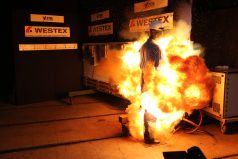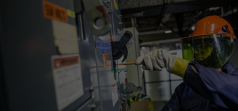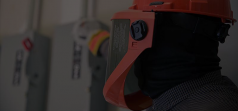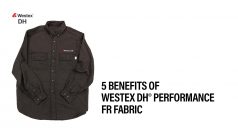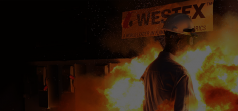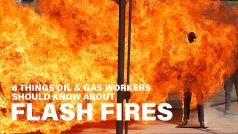In our line of work, it is critical to understand the needs of our customers. From the nature of the daily hazards you face to the ever-important subject of budgets, Westex by Milliken understands that a number of factors go into selecting the right arc-rated/flame resistant (AR/FR) fabric for a company’s personal protective equipment (PPE) program.
